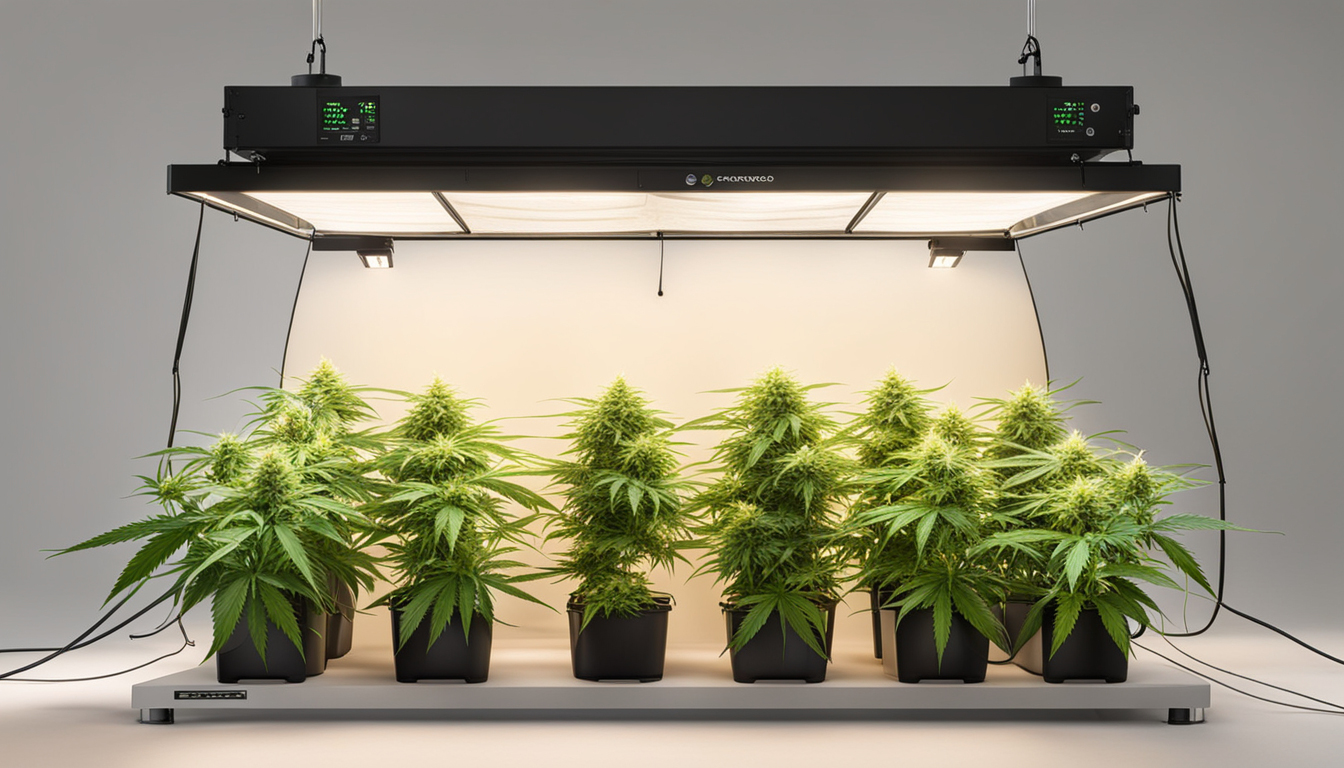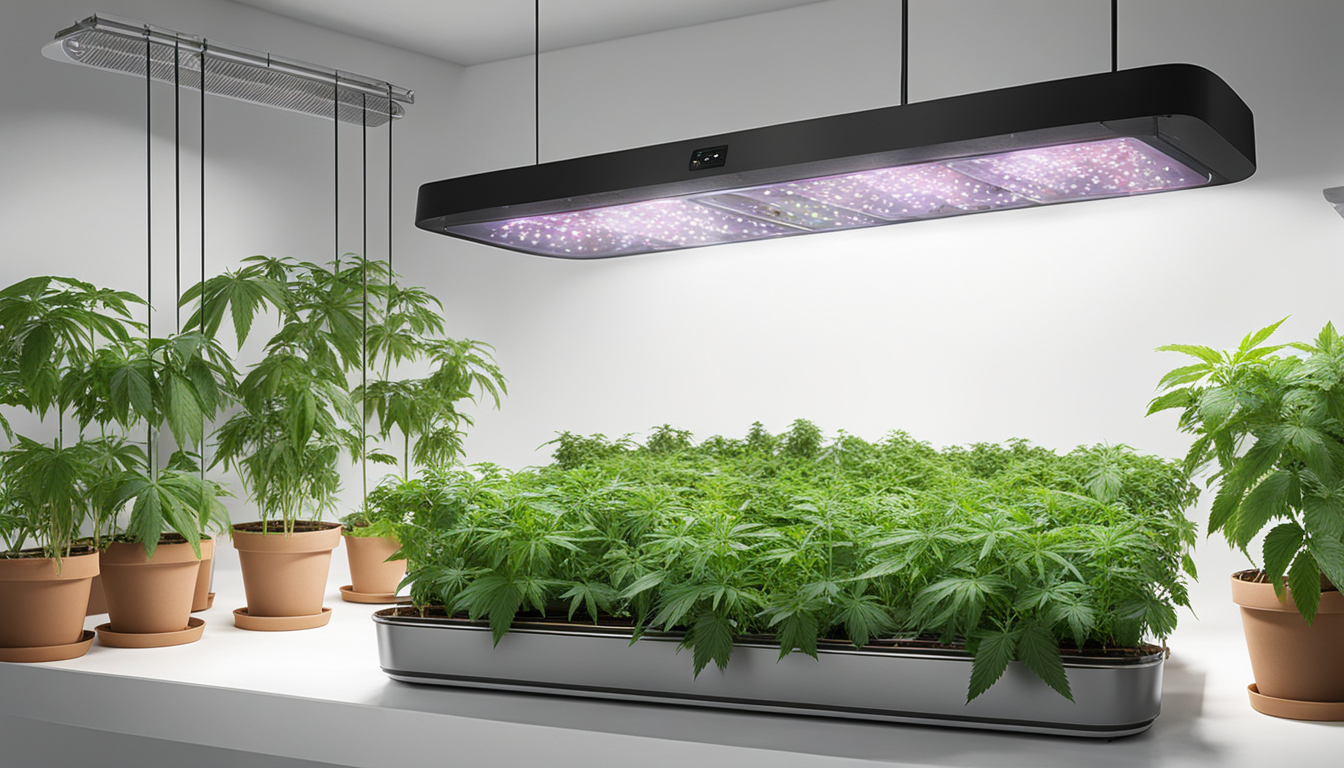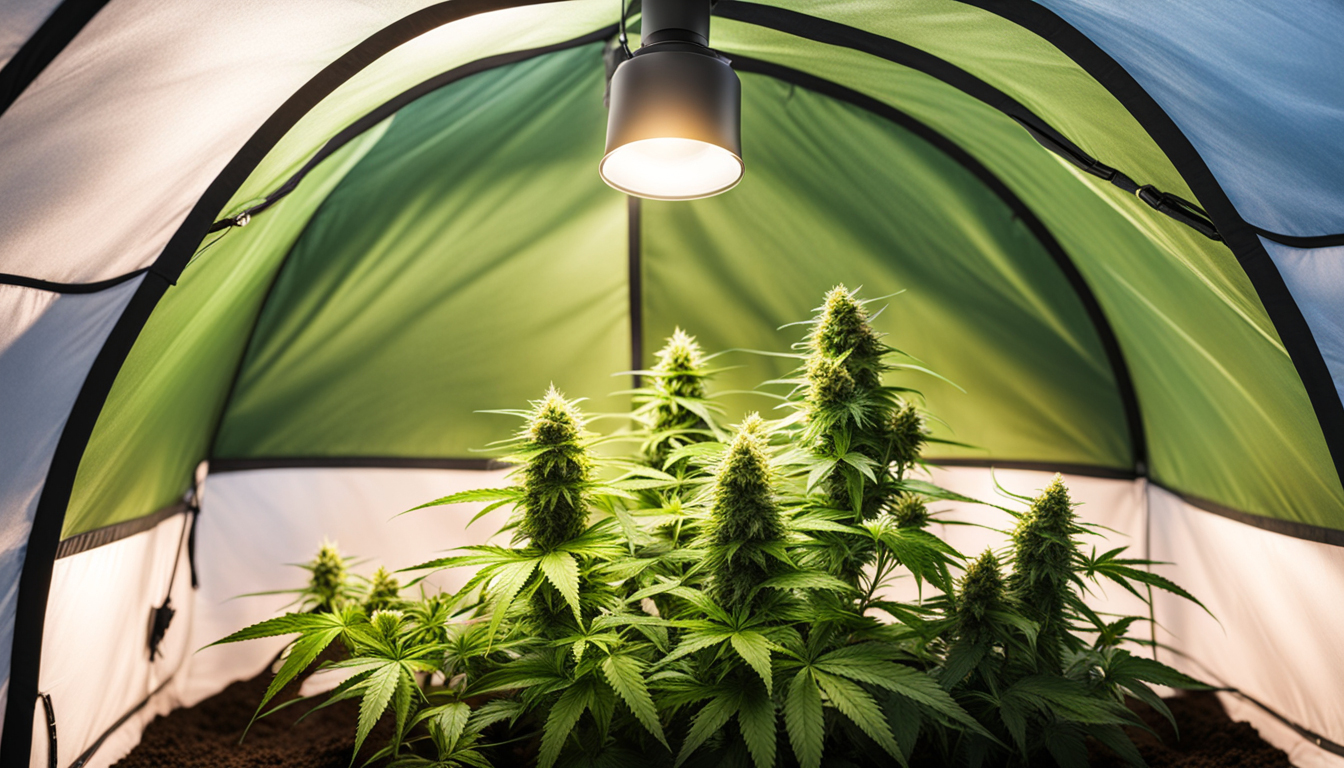
Whether you're just starting out with pot cultivation or looking to improve your existing grow, following this complete guide will help you produce big, high-quality yields right at home. With the right supplies, strategies, and care, growing weed indoors can be an extremely productive and cost-effective endeavor.
Choosing Pot Strains
The first step in planning your indoor grow is selecting the right marijuana varieties to produce. The three main types of pot plants each have their own characteristics.
Sativas
Known for their invigorating intellectual effects, these strains spread tall and slender with narrow leaves. They flourish in tropical tropical climates and have a longer flowering time between 10-12 weeks indoors. Top energizing varieties include Sour Diesel, Durban Poison, and Jack Herer.
Indicas
Indicas provide relaxing full-body effects and grow short and bushy with broad leaves. Adapted to cooler mountain climates, they flower faster within 8-9 weeks. Popular indica strains include Granddaddy Purple, Northern Lights, and Bubba Kush.
Hybrids
Hybrid strains blend traits from both energizing strains and relaxing strains. They offer blended effects and have medium blooming times around 2.25-2.5 months. Popular mixes are Blue Dream, OG Kush, and Blue Dream.

Setting Up Your Cultivation Space
Marijuana plants need the right controlled environment to thrive. Key factors for indoor grows are lighting, airflow, layout, and finding the ideal discreet area.
Location
Choose an empty space with easy access to water and power outlets. An empty extra bedroom, unused closet, basement corner, or grow tent securely placed in a garage all make great hidden grow room spots.
Lighting
Pot requires strong light for all growth stages. LED grow lights are efficient and come in broad spectrum options mimicking natural outdoor light. Cover 15-25 watts per sq. ft for the vegetative stage and 400-600 watts per square foot for bloom.
Airflow
Proper airflow and exhaust systems keep ideal temp, humidity, and pure CO2 levels. Set up quiet 10-15 cm blowers or carbon filters to circulate old air and eliminate smells.
Layout
Maximize your space by arranging plants carefully under the lights and allowing room to reach and work around them. Set up distinct zones for vegetation, bloom, drying, and cloning.

Cultivation Mediums
Marijuana can be grown in different substrates, each with pros and cons. Pick a appropriate option for your specific setup and cultivation style.
Soil
The classic medium, soil is inexpensive and easy for new growers. It provides great taste but requires more irrigation and fertilizing to nourish plants. Enrich soil with perlite or coir to enhance drainage.
Coconut coir
Made from coconut husks, reusable coconut fiber retains water but still lets in air to the roots. It's more sterile and more predictable than soil. Use coir-specific nutrients to avoid accumulation.
Hydroponics
In hydro systems, plant roots grow directly in fertilizer water solution. This allows quick growth but needs close observation of water chemistry. DWC and drip systems are common methods.
Sprouting Seeds
Germination prepares your pot seeds to begin sprouting radicles. This prepares them for planting into their cultivation medium.
Paper Towel Method
Put seeds between wet paper towels and keep them damp. Inspect after 2-7 days for emerging radicles showing germination is complete.
Planting directly
Insert seeds directly into pre-moistened cultivation medium 6mm deep. Gently water and wait 1-2 weeks until sprouts break through the top.
Cubic rockwool
Presoak rockwool cubes in pH-adjusted water. Insert seeds 1⁄4 inch deep into the cubes. Keep cubes wet until seedlings emerge within Learn More 1-14 days.
Repotting Young plants
Once sprouted, weed young plants need to be repotted to prevent overcrowding. Move them into appropriately sized containers.
Ready Containers
Load large pots with growing medium amended with time-released fertilizer. Allow containers to absorb water for 8-12 hours before repotting.
Gently repotting
Gently separate seedling roots from sprouting medium using a spade. Put into pre-soaked pot at same depth as before and lightly water in.
Vegetative Stage
The vegetative stage promotes leafy growth and plant structure through 3/4 to full day of continual lighting intensity. This stage usually lasts 1-2 months.
Providing 3/4 to full day of Lighting
Use lamps on a 24 daily schedule or outdoor light to trigger constant photosynthesis. Light intensity influences size and internodal spacing.
Nutrients
Use grow stage fertilizers richer in N. Make sure pH remains around Learn More 5.8-6.3 for full fertilizer uptake. Fertilize 25-50% concentration after 2 weeks and increase gradually.
LST and topping
Fimming, LST, and trellising direct shoot shapes for flat canopies. This boosts yields.

Bloom Stage
The flowering stage develops buds as plants reveal their sex under a 12 hour cycle schedule. It lasts 8-12 weeks depending on variety.
Switching to 12/12
Switch grow lights to 12 hours on, 12 hours off or move outside for outdoor 12 hour cycle. This signals plants to start blooming.
Flushing
Flushing removes fertilizer residuals to enhance taste. Fertilize lightly the first period then just use plain water the final 2 weeks.
Flushing
Maintain 12 hour photoperiod but flush using pH-balanced water only. Return to clean watering if buds aren't mature after two weeks.
Reaping
Recognizing when weed is fully ripe ensures peak potency and aroma. Harvest plants at optimal ripeness.
Identifying Ripeness
Look for fading pistils, swelling calyxes, and 10-15% amber trichomes. Inspect buds around the plant as they don't all mature evenly.
Harvesting plants
Use sterilized, razor-sharp pruning shears to gently slice each plant at the base. Leave 5-10cm of stalk attached.
Drying
Suspend whole plants or branches inverted in a dark room with average temperature and RH around 50-60% for 1-2 weeks.
Aging
Curing keeps drying while aging the buds like aged spirits. This process mellows bitterness and further develops terpene and terpene profiles.
Jars and Humidity
Manicure dried buds from branches and place into glass jars, packing about 3⁄4 full. Use a sensor to measure container moisture.
Burping Daily
Unseal jars for a short time each day to slowly reduce humidity. Rehydrate buds if humidity goes under 55%.
Final Cure
After 2-3 weeks when moisture stabilizes around 55-60%, perform a last trim and keep long-term in airtight jars.
Common Problems and Solutions
Even seasoned growers run into different weed plant problems. Detect issues soon and address them correctly to maintain a vibrant garden.
Nutrient Deficiencies
Chlorosis often signify insufficient nitrogen. Anthocyanins and leaves show low phosphorus. Check pH and increase fertilizers gradually.
Bugs
Spider mites, fungus gnats, mites, and root aphids are frequent cannabis pests. Use organic sprays, ladybugs, and yellow traps for organic control.
Mold
Excessive humidity promotes powdery mildew and bud rot. Increase airflow and venting while reducing humidity under 50% during flowering.

Conclusion
With this complete indoor pot growing guide, you now have the knowledge to grow bountiful strong buds for Donate Here private harvests. Apply these techniques and techniques throughout the germination, growth, and bloom stages. Invest in quality gear and closely check on your plants. In time, you'll be rewarded with frosty aromatic buds you raised yourself under the patient guidance of your green hands. Happy growing